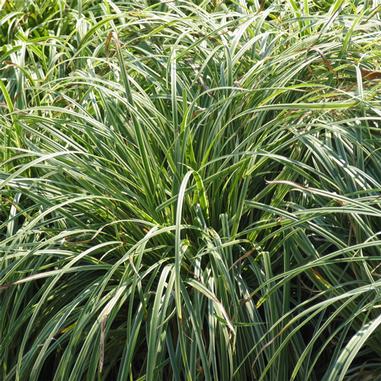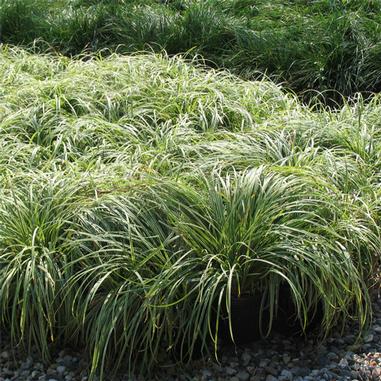Shoots and tendrils surge forth from the warming soil, stretching and extending towards the sky where the sun would soon embrace them in her benevolent arms. The once vacant trees grow wispy with buds and delicate tufts of color. The landscape seems to be awakening, shaking off winter’s grogginess. Spring has officially arrived, life is apparent, and nature takes charge.
Don’t get me wrong. Nature is always in charge, and sometimes we work with her, and other times we rail against her, but what if we let Nature truly take the reins? What if we let Nature do what she does best? What if we landscaped in such a way that supported the natural order of things? Sustainable, low maintenance and down right lovely.
Matrix planting is a form of sustainable gardening, and “sustainable” gardening has come to mean many different things to many different people. Matrix, as defined by Merriam-Webster, is “an environment or material in which something develops.” The idea behind matrix gardening is to reproduce both the look and functionality of a natural eco system by siting and coordinating plants correctly; thereby, creating and maintaining balance within the environment/matrix. Within this balance, human intervention is kept to a minimum, plants thrive, yet keep themselves in check, weeds are mitigated, and wildlife prospers.
Much planning and research must be done prior to planting a matrix garden in order for it to be successful and beautiful. It’s certainly not something that’s thrown together in a rush, and it’s not something you can immediately walk away from. The concept is to create a plant community where resources are shared, and plants have the opportunity to thrive and reproduce without invading or over taking neighboring plants. The goal is to enable plants to effectively occupy both the ground below and space above, so unwanted plants/weeds have no space in which to grow. This is achieved through successive layers of plants. A diverse pallet of well sited plants will eventually lead to self-sustaining communities, in which plants self-renew, and are resistant to weeds. And as you might imagine, this does not happen overnight.
Matrix gardening, in theory, is quite straightforward and rather noble, but the “how” is a bit more complex, which we’ll attempt to tackle in next week’s blog. For now, consider the idea, do some research if you like, and reach out to Sweeney’s. We’re always here to help, and guide you through any of your landscape and gardening projects.
Plant of the Week


Above photos of Silver Sceptre Sedge courtesy of Midwest Groundcovers
Silver Sceptre Sedge
Narrow, variegated, grass-like foliage grows in gracefully arching, dense clumps. Prefers shade to partial sun and moist, well-drained soil. Grows 8-12″ tall and 8-12″ wide. Deer resistant and drought tolerant once established.
“Nature, to be commanded, must be obeyed.”
-Francis Bacon
Best wishes,
Kim Sweeney
